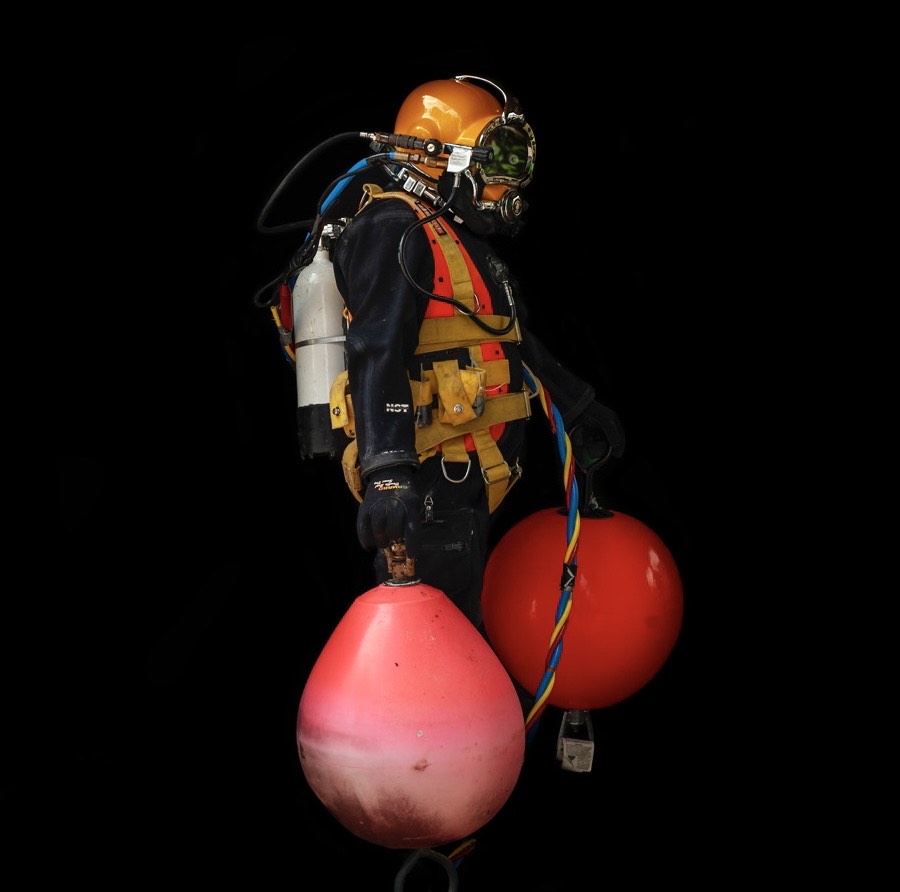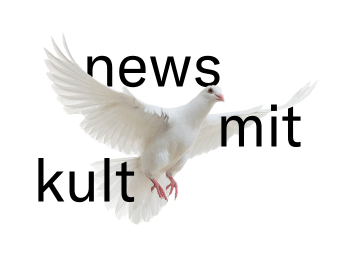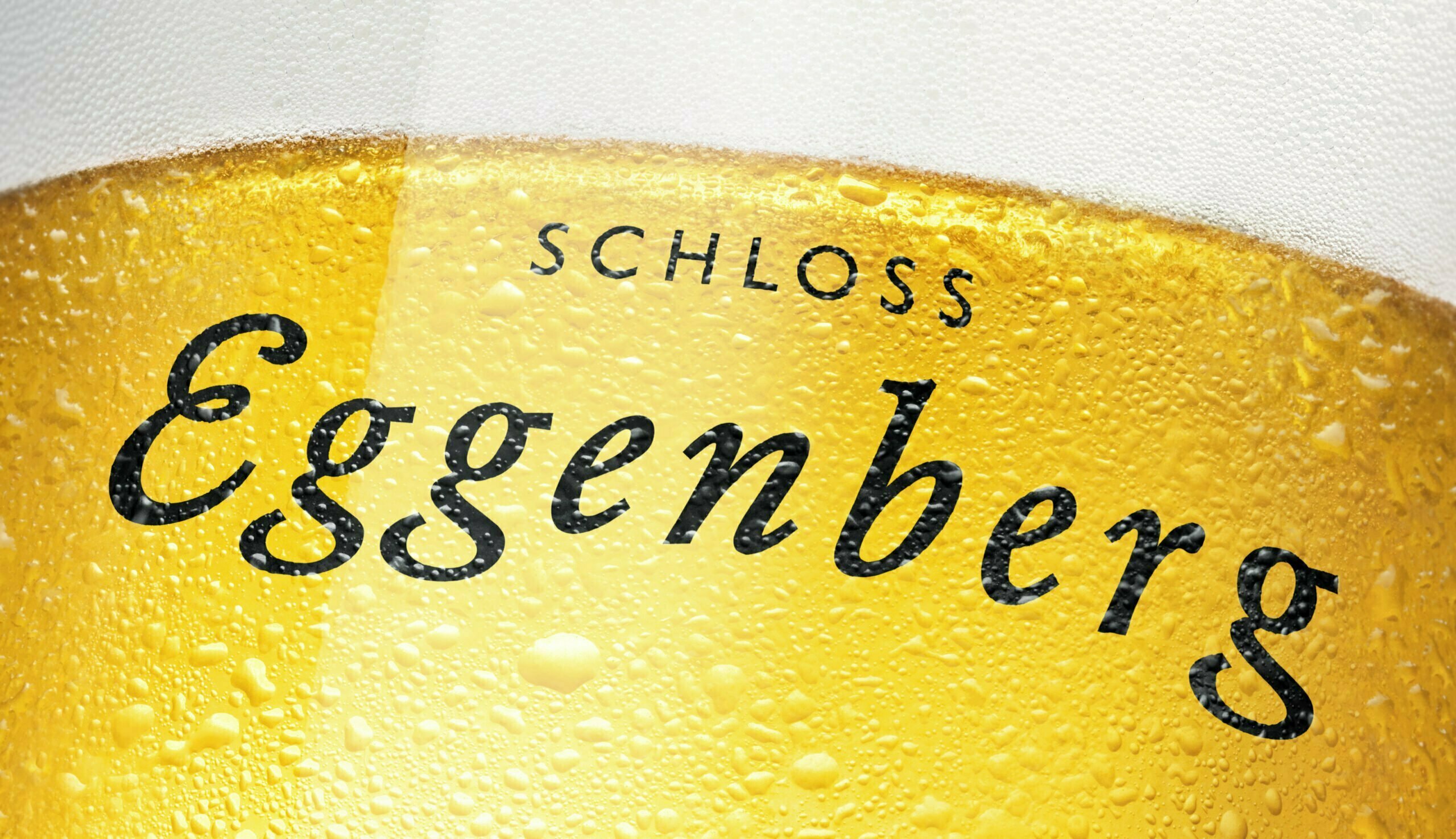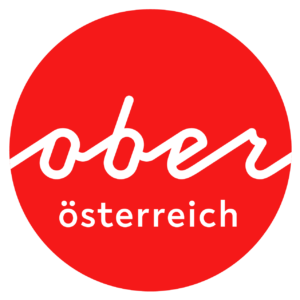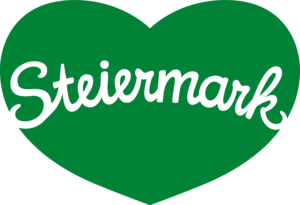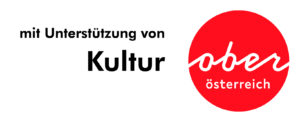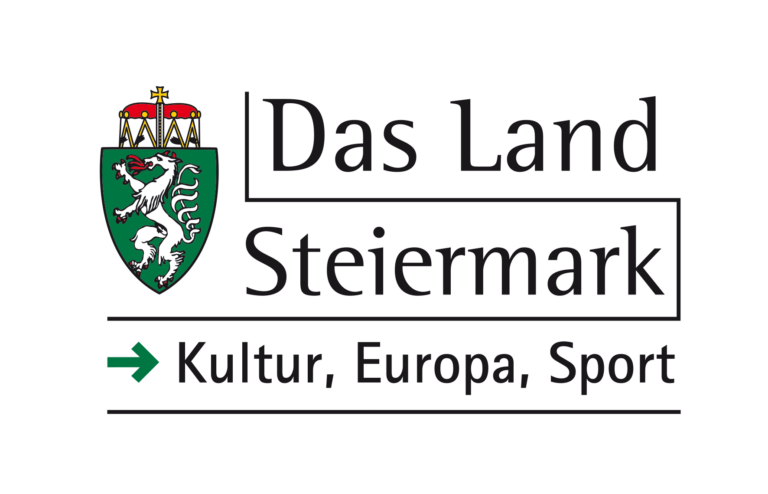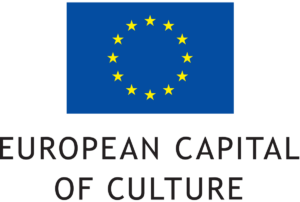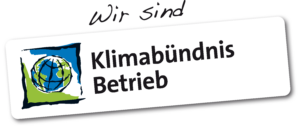In her work, Iwajla Klinke deals with transformations as well as the new and deconstruction of culturally and historically established metaphors, themes and iconographies, such as masculinity. In this case, she works with the conventionally complex iconography of an altar and attempts to transform it and the narrative it creates into today’s everyday life. She is particularly interested in questions of the original suggestive power or conventional gender relations.
Iwajla Klinke set out in May/ June 2024 in Salzkammergut/ Upper Austria on a journey to the most diverse professional groups whose patronage is traditionally was assigned to St Barbara – miners, firefighters, electricians, butchers, blasters – and arranged their portraits in the form of a transparent retable/altarpiece that can be seen on both sides.
In thunderstorms and storms Barbara von Nikodemien, one of the fourteen “Nothelferinnen” of the Catholic Church, has been invoked since ancient times. However, during the Second Vatican Council she was removed from the “Calendarium Romanum Generale”, the Roman calendar of saints, as her existence is not proven. In the Salzkammergut, it is still a relevant aspect of its own cultural history and is particularly associated with mining.
“Greatly powerful Tabernacle/ of the wind” – this is how Thomas Bernhard, who was not only biographically located in the Gmunden hinterland, but also in his texts, entitled one of his poems. For him, the wind in its timelessness is an omnipresent metaphor for text, language and spirit. “I want to hear the language of the fish/ and the language of the wind,/ which is like the language of the angels.” so it says elsewhere in “Nine Psalms” from 1957.
Salt Lake Cities
Regional empty spaces as places of experience and meeting points for art: the Capital of Culture 2024 invites young artists from Germany and abroad to research, live and work in these spaces and to activate them with artistic contributions.
More about the project at salzkammergut-2024.at
